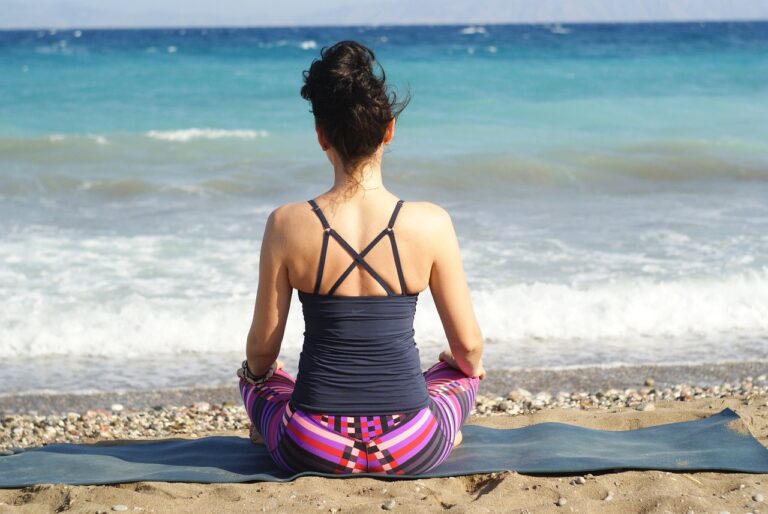Meditation has become both trendy and intimidating—associated with perfect lotus positions, hour-long sessions, and mystical experiences. Yet at its core, meditation is profoundly simple: the practice of present-moment awareness. When we strip away the complexity, we discover that this ancient practice offers accessible, practical benefits for our modern lives.

Many assume meditation requires emptying your mind of all thoughts—an impossible and frustrating goal. In reality, meditation isn’t about stopping thoughts but noticing them without getting swept away. It’s about creating space between stimulus and response, between the endless stream of thoughts and your relationship to them.
Others believe meditation requires special equipment, environments, or extensive time commitments. While these can enhance practice, the essence of meditation requires nothing more than your attention in this moment—something available to you anywhere, anytime.
Research has demonstrated what meditators have known for centuries: regular meditation physically changes your brain. Studies show measurable increases in gray matter in regions associated with self-awareness, compassion, and introspection, alongside decreased density in areas linked to anxiety and stress.
Even short, consistent practices show benefits for:
These benefits emerge not from complex techniques but from the simple act of intentional awareness, practiced consistently.
The simplest way to start meditating is to focus on your breath—the natural rhythm of inhalation and exhalation that has been with you since birth. For just two minutes, notice the sensations of breathing. When your mind wanders (which it will), gently return your attention to your breath without judgment.
That’s it. This simple practice, extended gradually over time, contains the essence of meditation.
Other accessible entry points include:
What matters isn’t the specific technique but the quality of awareness you bring to it.
While formal sitting practice builds your “meditation muscles,” the real power comes from integrating mindfulness into everyday moments:
These “meditation moments” transform routine activities into opportunities for presence.
Five minutes of meditation practiced daily will yield far greater benefits than an hour practiced occasionally. Start with a duration that feels sustainable—even just two minutes—and gradually extend as it becomes comfortable.
Remember that each meditation session is unique. Some will feel peaceful, others restless. The measure of “successful” meditation isn’t how few thoughts you have but how kindly you return to your focus when you notice you’ve drifted.
Meditation’s simplicity is both its greatest strength and its greatest challenge. There’s nothing complicated to master, yet the practice of simply being present runs counter to our cultural conditioning toward constant doing.
This simplicity invites us into a different way of being—one where our value isn’t tied to productivity, where awareness itself becomes a refuge. In our complex, demanding world, the ability to return to this simplicity becomes not just a spiritual practice but a practical necessity for wellbeing.
By approaching meditation with curiosity rather than striving, with consistency rather than perfection, you discover that the peace you seek has been available all along, waiting quietly beneath the noise.